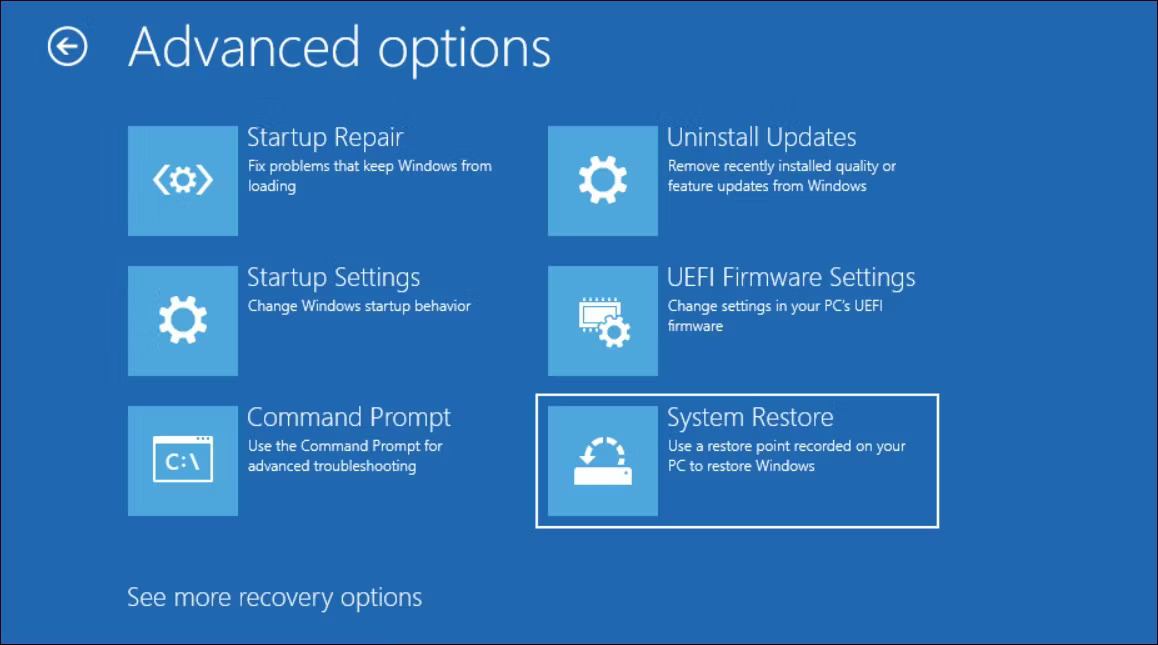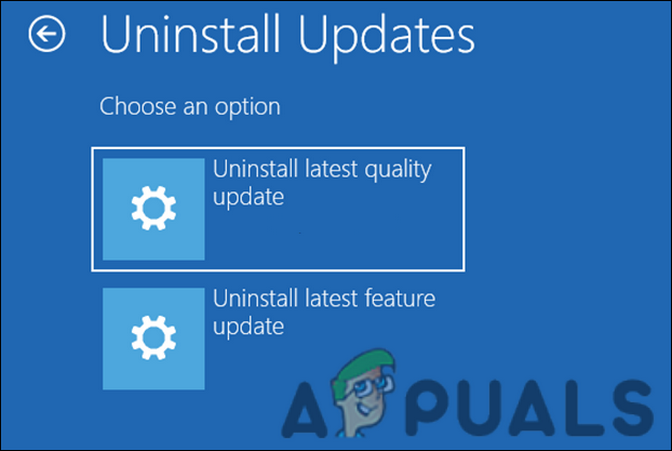Is your Windows Continuously Restarting? Try these Fixes
It can be frustrating to have a Windows computer continuously restart, as this can result in losing unsaved work, interrupting important tasks, or preventing you from using your computer completely.

Continuous restarting of a Windows computer can be caused by a variety of issues, including hardware problems, software issues, and system configuration errors. Some of the most common causes include driver issues, malware infections, and faulty Windows updates. In this guide, we will provide step-by-step instructions on how to troubleshoot and fix the issue, so you can get your computer back up and running smoothly.
1. Perform a start-up repair.
Startup Repair in Windows automatically diagnoses and fixes problems that prevent Windows from starting properly. You can use it to fix computer issues that may cause your computer to constantly restart.
When you perform a startup repair, Windows scans your computer’s system files and settings for any issues and attempts to repair them. It also checks the startup process for any problems and tries to resolve them. This process can include repairing corrupted system files, restoring missing files, fixing boot sector issues, and more.
- Start your computer and wait for it to reach the Windows loading screen.
- When the Windows logo appears, press and hold the power button until your computer shuts down.
- Press the power button again to turn on your computer. Repeat this process two more times for a total of three times.
- Once you are in the Windows Recovery Environment, click on Troubleshoot > Advanced Options.
- Click on the Startup Repair option.

Startup Repair option - The repair process will begin. Please wait for it to finish, as this may take several minutes to complete.
- Once the repair process is complete, your computer will automatically restart.
- Check to see if the issue has been resolved. If the computer no longer restarts continuously, you can continue using it normally.
2. Perform a system restore.
You can also perform a system restore to return to a system state that did not have the error at hand.
This process can restore system settings, files, and registry configurations to a known good state, effectively removing any changes or updates that may have caused the problem.
Here is how you can proceed with it:
- Access the Advanced options menu in WinRE by following the steps we have described above.
- In the following window, click on System Restore.

Click on the System Restore option - Choose a restore point that was created before the issue occurred. This should be a point when your computer was functioning normally.
- Follow the on-screen instructions to complete the system restore process.
- Once the restoration process is complete, your computer will restart. Check to see if the issue has been resolved. If the computer no longer restarts continuously, you can continue using it normally.
3. Uninstall the recent update.
Windows updates can sometimes cause a computer to restart continuously. This can happen if the update is incompatible with the computer’s hardware or software configuration, or if the update introduces a bug or error that causes the system to crash or fail.
To determine if a recent update is causing the issue, you can try to uninstall the update from the recovery environment. This can help remove any changes or configurations introduced by the update and restore your computer to a previous state, hopefully resolving the error in the process.
Here is how you can proceed:
- Access the Advanced options menu in WinRE by following the steps we have described above.
- In the following window, click on Uninstall Updates.
- Choose if you want to uninstall the latest quality or feature update.

Uninstall an update - Follow the on-screen instructions to complete the uninstall process.
- Once the uninstall process is complete, restart your computer and check to see if the issue has been resolved.
If you manage to boot into Windows successfully after this, we highly recommend performing DISM and SFC scans. These will help you identify any underlying problems that might have contributed to the issue and fix them without requiring much of your input.
4. Unplug the faulty connections.
This troubleshooting method involves checking the physical connections inside the computer case to ensure that there are no faulty or shorted connections that may be causing the issue of continuous restarting.
This is because, in several cases, faulty or shorted connections can sometimes cause a computer to malfunction or fail to start properly, including causing continuous restarts. By checking and fixing these connections, we can potentially resolve the issue and allow the computer to run smoothly.
Here are the steps to follow for this troubleshooting method:
- Turn off the computer and unplug it from the power source.
- Open the computer case by removing the screws or clips that hold the side panel in place.
- Locate the cables connected to the motherboard, including those for power, reset, speaker, front panel USBs, DVD, fan modules, etc.
- Check each connection carefully to ensure that they are properly seated and not loose or disconnected. Look for any signs of damage or wear on the cables, connectors, or motherboard itself.
- If you find any faulty or shorted connections, unplug them and replace them with new cables or connectors.
- Once you have checked and fixed all the connections, close the computer case and plug it back into the power source.
- Turn on the computer and check to see if the issue of continuous restarting has been resolved.
5. Reset Windows.
Resetting Windows can be a last resort solution to fix the issue of continuous restarting on a computer. It reinstalls the operating system and removes any corrupted or damaged system files that may be causing the issue of continuous restarting.
When you reset Windows, your computer’s operating system will be reinstalled to its default state. Essentially, your computer will revert to the way it was when you first purchased it or installed Windows. Upon initiating a reset, you will be presented with a choice to either preserve your personal files and data or remove them during the process. This allows you to decide whether you want to start with a completely clean slate or retain your personal files and data.




